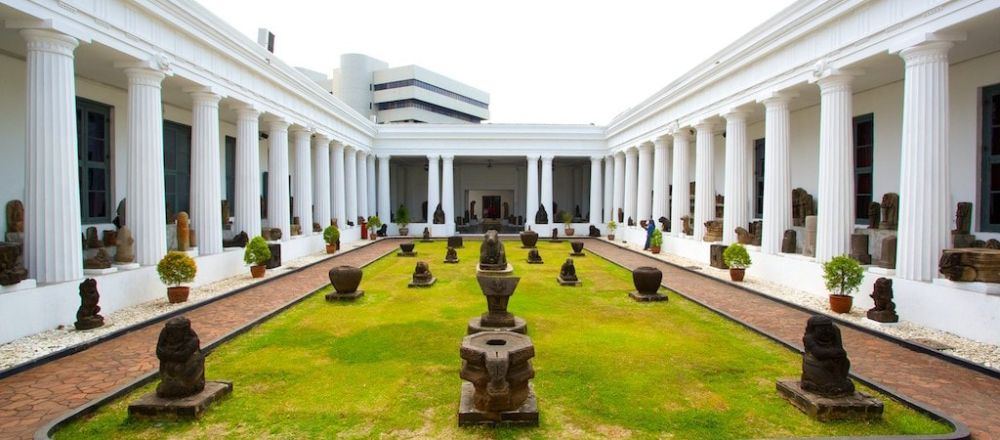

The National Museum of Indonesia, commonly known as the Elephant Building after the bronze elephant statue in its forecourt, has played a pivotal role in the development of tourism in Jakarta and Indonesia at large. Since its establishment in 1778 during the Dutch colonial period, it has become a cultural centerpiece, showcasing Indonesia's rich heritage through an extensive collection of artifacts, relics, and historical pieces.
Indonesia's tourism history began to flourish in the late 19th and early 20th centuries, with the Dutch East Indies government starting to promote the archipelago's exotic attractions. The museum's growing collection became a focal point for those keen on learning about the archipelago's diverse cultures and history. After Indonesia's independence in 1945, the museum continued to attract visitors from across the globe, reinforcing the nation's identity and its allure as a tourist destination.
Exploring the National Museum offers an enlightening immersion into the essence of Indonesia. The museum's galleries are spread across several floors, each dedicated to different aspects of Indonesian culture, such as prehistoric, archaeological, ceramic, ethnographic, and colonial periods. Highlights include the intricate gold and jewel-encrusted artifacts of the Javanese courts, ancient statues from the Hindu-Buddhist period, and the comprehensive textile collection representing various regions.
In recent years, there has been a paradigm shift in tourism trends, with a growing emphasis on experiential and educational travel. Tourists are increasingly seeking destinations that offer a deeper understanding and connection with local culture and heritage. The National Museum of Indonesia has responded to this trend by offering engaging programs, guided tours in multiple languages, and interactive exhibits.
Virtual experiences have also become a part of the museum's offerings, aligning with global digital shifts in tourism. Visitors can now take virtual tours of the museum, allowing them to explore its vast collections from anywhere in the world. This innovation not only caters to international tourists who cannot visit the museum in person but also serves as an educational platform for schools and research institutions.
Located in the heart of Jakarta, the museum is easily accessible and remains a must-visit for anyone traveling to Indonesia's capital city. It is open to visitors every day except Mondays, with a small entrance fee that contributes to the preservation and conservation of the collections.
The National Museum of Indonesia stands as a testament to the country's dedication to preserving and celebrating its cultural identity. It continues to adapt to the evolving demands of modern tourism while maintaining the integrity of its mission to educate and inspire. As Indonesia's premier historical museum, it is a cornerstone of cultural tourism in Jakarta and an institution that proudly represents the richness of Indonesia's heritage to the world.